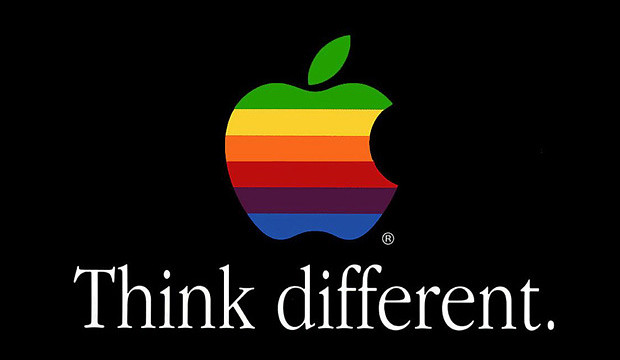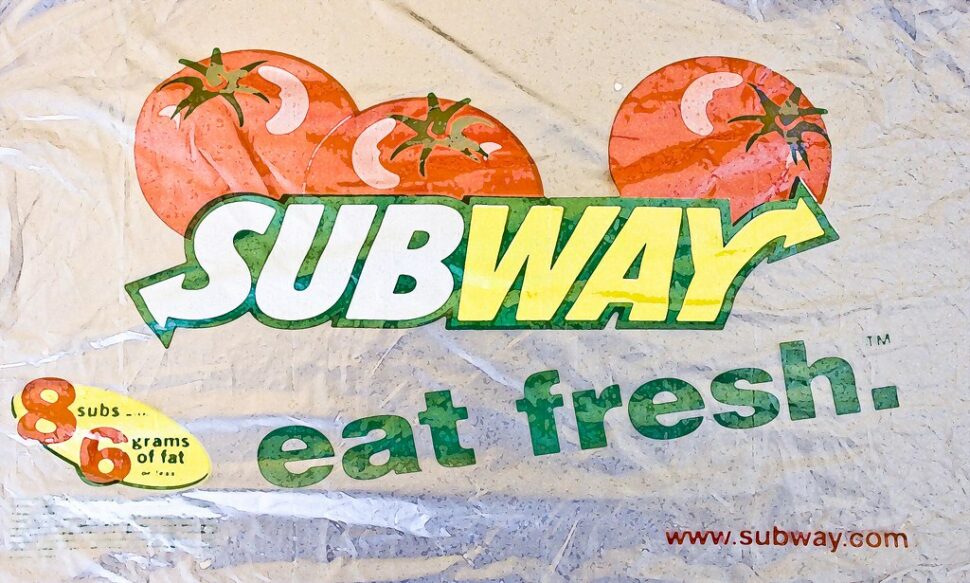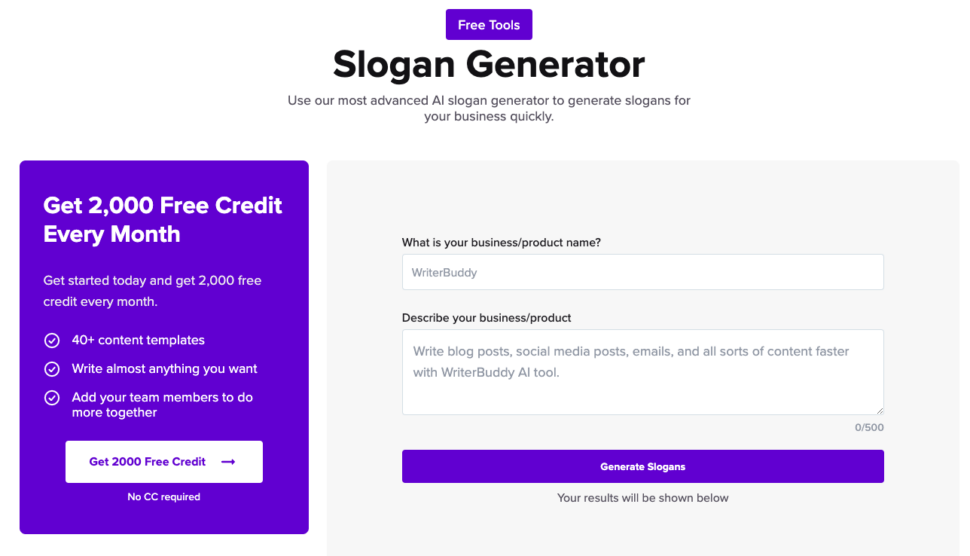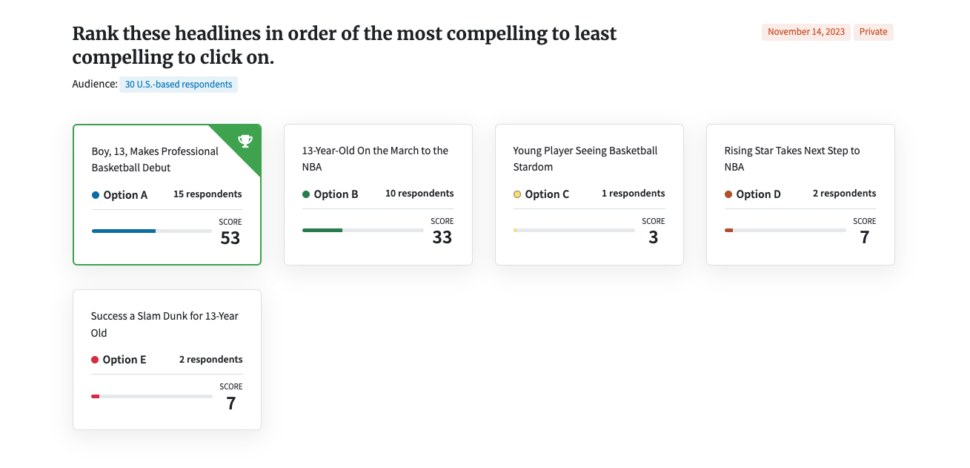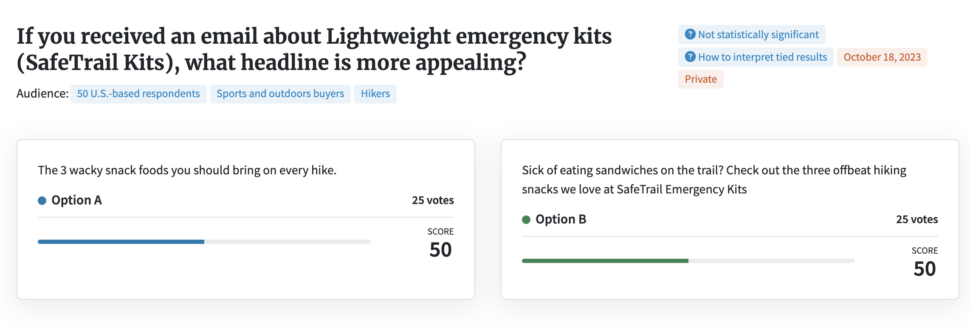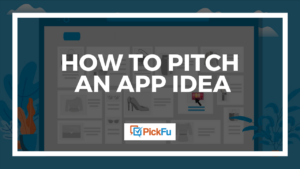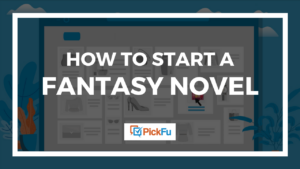Your slogan is one of the most powerful branding tools you have. It’s a clear, simple showcase of what your brand or product is at its core.
Whether you’re promoting a new brand, product, app, or book, your slogan is a reason for potential customers to engage with or buy from you. A great slogan can also attract customers to your company on a more personal level by appealing to their values.
The best slogans are:
- Short
- Simple
- Meaningful
- Impactful
In short, a slogan is copywriting at its peak. And good copywriting isn’t just about grabbing attention – a slogan needs to do that and more. In this article, we’ll cover slogan examples, best practices, and methods for testing slogan options. Let’s dive in!
Slogans vs. taglines
What’s the difference between a slogan and a tagline? Not a lot, actually. These two terms are used almost interchangeably by many marketers and businesses.
Technically, a slogan should promote a specific product or brand by speaking to a feature or function of the brand. A tagline can be more abstract and try to invoke an idea, emotion, or concept.
A good example of a slogan would be Subway’s “Eat Fresh.” It shows that the product is food, and communicates that it’s healthy or good for you. This phrase directly promotes Subway as a healthy fast food option.
A good example of a tagline is Apple’s “Think Different.” It doesn’t directly promote what Apple products are or do, but it does connect the idea of “thinking differently” to Apple’s brand.
Nike’s “Just Do It” demonstrates how taglines and slogans can blend together. It is a concept, but also promotes activity and athleticism. You can call it a tagline or a slogan and be correct in both instances.
Tricks like rhyming and alliteration might capture attention, but you also have to use your slogan to convey a message.
So how do you make sure your slogan is hitting the mark?
Best practices of slogan creation
Like any effective brand market research, you should have a clear hypothesis before you move on to the actual testing phase.
The first step is a solid understanding of what you want your slogan to achieve. What should it say about your brand? Brainstorm words that sum up your business or product.
Let’s say you’re creating a new game for the App Store. Consider what your game is about and how you want to present it. The Pokemon slogan “Gotta catch ‘em all” embodies this perfectly. It highlights the main goal of the game: catching Pokemon. The “gotta” and “‘em” show the playful, whimsical nature of the game. It shows the way the game plays, and the ethos of the game all in one short phrase.
Next, create a handful of versions that each approach your slogan from a different angle.
Then, build out a set of questions you want to ask your test audience.
Questions to ask during slogan testing
Generating a list of questions to use in your copy testing can help you speed up your market research. Examples of questions you can use to test your slogan include:
Is this slogan appealing?
This general question will tell you if respondents like the slogan. This is where you might learn that your audience is annoyed by puns, or that the catchy phrase you came up with has a slang meaning you didn’t know about.
The most common examples of this are when there’s a cultural or language difference that shifts the tone of words. “Got Milk” translated into Spanish came out as “Are You Lactating?”, as one example.
Some slogans are just unintentionally annoying. The attempt to replicate Nike’s Just Do It by Adidas, “Impossible Is Nothing” was routinely mocked when it was introduced for trying a bit too hard.
What values do you align with this slogan?
This is another good open-ended question that can help you gauge your audience’s sentiment about each slogan. For example, if your slogan for a new athletic wear company has the word “tough” in it, people might associate it with the concept of masculinity.
What sort of product or company do you think would use this slogan?
Use this question to find out if people naturally understand what your company does from clues in your slogan. BMW’s “The Ultimate Driving Machine” makes the company’s mission clear. You can use questions like this to make sure your target market will understand what you or your product actually does.
Prepare a set of questions and a list of things you want to know before you begin testing slogans. You can take these questions into the next phase: actual market research.
Copy testing using AI tools
AI tools like WriterBuddy can help you generate a set of slogans you can test or develop further before you get to your final version. Another way to use these tools is to come up with your own slogans, and see if they align with those the AI tool comes up with.
The more common AI tools in this space are designed for headline testing, but you can use them to assess slogans too. After all, a slogan is very much like a headline for your business or product.
Capitalize My Title uses AI to assess the search engine optimization (SEO), readability, and sentiment scores of a potential headline or slogan. It will help you find “weasel words” – words which add no meaning and hurt your readability, as well as power words that evoke emotional responses and have a high impact.
These tools can help you get a jumping-off point for your slogan, but the full picture requires a human element. This is where real-world testing comes in.
Test slogans using surveys
You can go directly to your target audience and test your slogans with real people using online survey and polling tools like PickFu. PickFu makes it easy to get responses from a panel of over 15 million respondents within hours.
There are a variety of tests you can use to assess your headline, and they align with the goals we spoke about earlier in this piece. Try different poll types to get specific, targeted feedback.
You can even test your slogan against different demographic segments to see if you should adjust your marketing strategy to suit different audiences.
Open-Ended polls
PickFu’s Open-Ended polls are simple: just ask a question about your slogan and brand, and your target audience will provide open-ended feedback.
The free-flowing responses can help you brainstorm new ideas and guide the direction you want your slogan to take. These polls are great for the early iterations of your slogan ideation because of the broad insights and freedom to explore ideas with an unfiltered lens.
Also, every PickFu poll is filtered by a natural-language processing (NLP) AI tool that will read each comment to produce a summary of the responses. This provides you with actionable insights in minutes, without the hassle of reading and analyzing every comment made by respondents.
Ranked polls
Ranked polls are ideal when you have many options you want to narrow down, or when you’re not sure of the direction you should go in. With a Ranked poll, you can add up to eight different versions of your slogan for survey participants to choose from.Let’s say you have a new book coming out that crosses over into different genres. Maybe it’s a young adult oriented drama that has sci-fi and fantasy themes.
You could set your poll to ask respondents in your target age group (people aged 18-25) which book slogan they like best. Test slogan options that align with the sci-fi, fantasy, and drama genres, and see which of those regularly score in the top. If your sci-fi slogans get the best reaction, you’ll know that this is the most effective marketing strategy for your book.
You’ll also get more context from the AI-generated report on common themes and feedback.
In this example, users selected a clear winner from three separate Certified Public Accounting firm logos. The AI Highlights helped distill the responses into simple, actionable insights:
“Across all options, three main topics emerged as important to respondents: urgency/efficiency in tax planning (options A and C), trustworthiness/reliability (option B), and simplicity/ease of understanding (all options). Respondents appreciated taglines that conveyed a sense of urgency or efficiency in tax planning such as “Plan Your Tax Breaks Before You Lose Them” (option A) or “Identifying Tax Breaks for You” (option C). They also valued trustworthiness/reliability conveyed by taglines like “Keep Your Money Safe” (option B). Additionally, simplicity/ease of understanding was an important factor across all three options.”
Head-to-Head polls
If you have two slogans you’re not sure about, a Head-to-Head poll can help you split the difference. Simply add two different slogan options and set up your target audience from over 90 demographic subsets and seven countries.
Respondents will also share why they chose each option, giving you more insight into the direction you should take. For example, you might discover certain words that your target market doesn’t like or reveal a language preference you hadn’t considered.
Head-to-Head polls are a great alternative to live A/B tests because you can perform them before you launch your slogan. This eliminates the risk of showing a less effective slogan to your audience and losing them. It also saves you from confusing the market with mixed messaging.
You can also let you test your own slogan against other company slogans with a Head-to-Head poll to see if yours will stand out over the competition.
It’s fast and easy to conduct slogan testing with real potential customers using PickFu. Sign up for an account today to ask your target audience for high-quality feedback in just a few clicks.
Slogan testing FAQs
What is slogan testing?
Slogan testing is the process of assessing potential slogans for their effectiveness, memorability, and appeal. It helps companies, app designers, artists, or any other person trying to market a product or service make sure their slogan will help gain and engage new customers.
How often should a company test their slogans?
Even the most catchy slogan might go out of style after a while, so it’s important to continuously test and retest your slogans. Test existing slogans with market surveys that ask respondents if they remember which brand your slogan is connected to. You can also retest new ideas using the methods in this article.
Is slogan testing worth it?
Slogan testing allows you to hit the market with the most effective messaging and communication plan for your business, product, or service. It doesn’t matter if you’re promoting your company, a new book or movie, a new gadget or even a mobile app: testing your slogan with a segment of your target audience is the best way to find out what messages connect with the people who matter most.
What are some benefits of slogan testing?
Slogan testing helps you find the right words to promote your product or service. It helps you avoid potential mistakes, like picking a phrase that has a negative connotation or is out of date. There are countless questions you can ask about your slogans, and you can use tests to get the insights that matter most to you.
Slogans that are tested before they’re released are more likely to be successful, and less likely to cause unwanted negative impressions of your brand.
